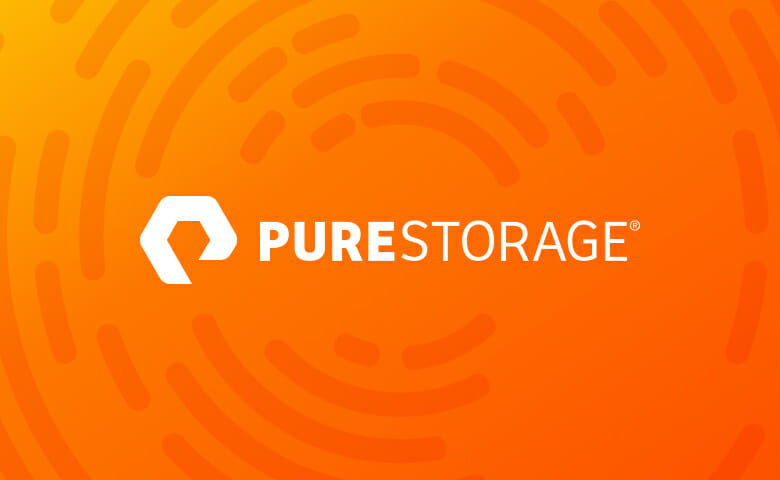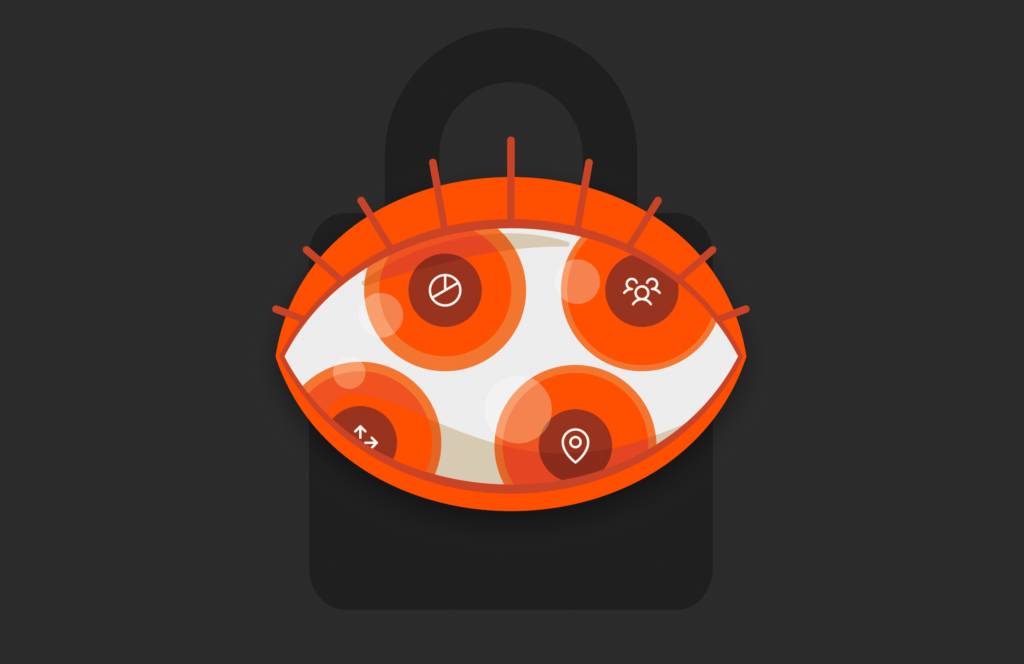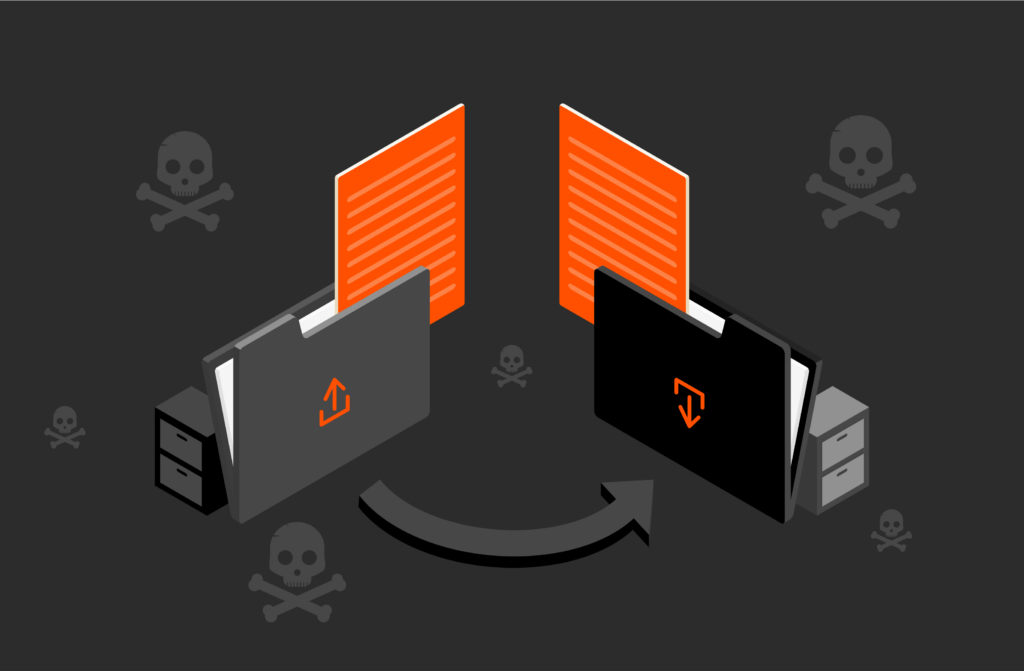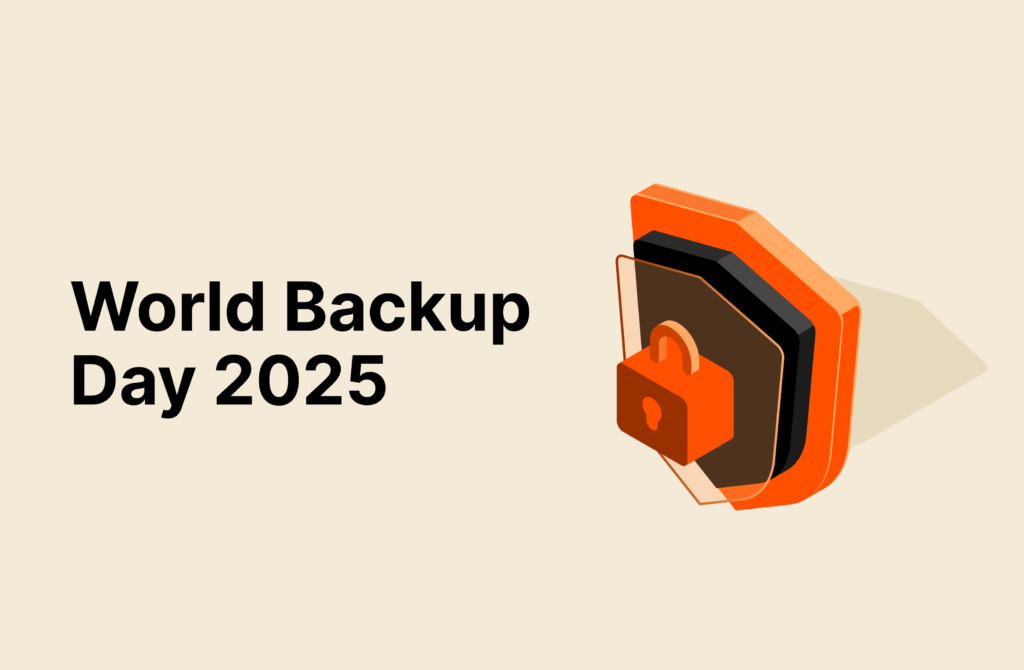How does Pure Storage address security, compliance, and data protection? Learn more about Pure’s data protection policies as well as how our products can be used in GDPR compliance—including encryption, one of the key benefits Pure offers to customers when considering data storage and compliance strategy for GDPR.
What Is GDPR?
The regulation applies to all organizations, regardless of location, that handle the personal data of EU residents, both digital and in other forms.
Fundamentally, GDPR declares that data subjects are the owners of the personal data that is held by others about them, and specifies both their rights surrounding it, and the obligations of entities that acquire, process and store such data with particular emphasis on keeping it secure and available. Individuals’ personal data rights spelled out in the regulation include:
- The right of access to it
- The right to rectify verifiable errors in it
- The right to restrict what is done with it (within certain legal limits)
- The oft-cited right to be forgotten—to have personal data destroyed when it no longer serves a legitimate purpose
GDPR classifies entities that deal with residents’ personal data either as:
Controllers
Entities such as governments, NGOs, and businesses, whose missions require personal data handling
Processors
Entities such as document handling and information technology service providers that carry out processing tasks on controllers’ behalf. A single entity can fulfill both roles, for example, a business that performs all digital data processing in-house.
Within the regulation, the term processing refers both to:
- Manual operations such as filing, alteration, and disclosure
- Automated processing, storage, transmission, and destruction of data in digital form.
The regulation restricts controllers and processors with regard to what personal data they may acquire and what they may do with it, and specifies requirements for protecting it against unauthorized access, loss, and destruction. Additionally, the regulation obliges processors to disclose to individuals what personal data they store and what they do with it, to rectify verifiable errors in it, and to destroy it when it is no longer required for legitimate purposes. Finally, it outlines procedural mechanisms for compliance and lays out substantial penalties for non-compliance.
How Do Organizations Comply with GDPR?
As of May 25, 2018, entities that handle personal data of EU residents must comply with GDPR. Compliance means verifiable procedures for preventing personal data breaches (events that lead to “the accidental or unlawful destruction, loss, alteration, unauthorised disclosure of, or access to, personal data transmitted, stored or otherwise processed.”[1])
To comply with GDPR, entities need appropriate hiring, training, operating, and auditing policies, as well as robust data handling, storage, and retention policies and processes. From a digital technology standpoint, this means computing, storage, and communication facilities that, when properly managed and maintained, are high barriers to theft, unauthorized disclosure, alteration, and inadvertent and malicious destruction of personal data.

GDPR deals primarily with policy—what personal data of EU residents may be collected, what it may be used for, how it must be protected, and what rights individuals have over it—and secondarily with technology—how data in digital form should be secured against unauthorized access, kept available for use, and destroyed when no longer needed.
How Can FlashArray Help with GDPR Compliance?
Pure Storage makes every effort to keep data stored in its systems both available to authorized users and secure against electronic intrusion and physical misappropriation. For example:
Availability
Data in FlashArrays remains available, even when major array components fail. FlashArray immutable snapshots provide unalterable records of data sets as of key points in time.
Security
Administrators need credentials to access FlashArrays, and each has a defined role. No administrator can access or modify stored data. Arrays encrypt all data all the time using AES-256. Key Management Interoperability Protocol (KMIP) servers or removable SmartCards may be added in situations where physical security is a consideration.²
These FlashArray features help data controllers and processors “design GDPR compliance by default” as they implement new processing systems.³
When combined with strong network security for “data in flight” and robust system access and data handling policies, FlashArrays can be an important component of an overall GDPR compliance strategy that protects personal data in digital form both comprehensively and cost-effectively.

Compliance is an ongoing cycle of activities. Organizations will continue their efforts working not only on their policies but more critically paying regular attention to the processes, governance and technology that support overall compliance programs. Learn more about how Pure can help with data compliance and retention policies.
[1] Official Journal of the European Union, 4.5.2016, Article 4(12).
[2] Pure Storage Technical Brief TB-160201, FlashArray Data Security describes how FlashArrays protect stored data from loss and unauthorized access, even under adverse conditions.
[3] An excerpt from GDPR Article 25 (Data protection by design and by default): “…the controller shall, both at the time of the determination of the means for processing and at the time of the processing itself, implement appropriate technical and organisational measures, such as pseudonymisation, which are designed to implement data-protection principles, such as data minimisation, in an effective manner and to integrate the necessary safeguards into the processing in order to meet the requirements of this Regulation and protect the rights of data subjects.”




